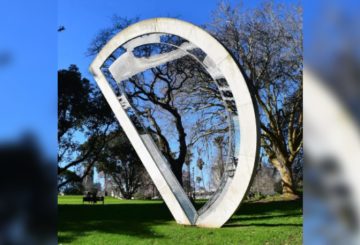Когда язык вымирает, а когда просто бездействует? Это вопрос, с которым сталкиваются многие лингвисты. Языки, для которых больше нет носителей языка, тех, кто изучал их в детстве, часто считают «мертвыми». Однако не всегда все так просто.
Возьмем, к примеру, язык мориори с островов Чатем. Последний носитель языка Та ре Мориори умер в начале XX века, но этот язык имеет богатую историю и имеет много общего с маори те рео.
Это послужило толчком к реализации проекта в Оклендском университете в партнерстве с Фондом Хокотехи Мориори. Цель состоит в том, чтобы расшифровать, перевести и полностью понять все существующие тексты на языке мориори. Цель состоит в том, чтобы понять грамматические свойства языка и, в конечном итоге, разработать языковую грамматику.
Народ мориори живет на островах Рекоху, или Чатем, примерно в 800 километрах от восточного побережья Новой Зеландии. У них уникальная культура и язык. Однако прибытие европейцев в 1800-х годах, а затем двух племен маори из Аотеароа, Новая Зеландия, привело к быстрому сокращению численности населения мориори и их языка.
Несмотря на это, язык мориори сохранился в различных формах, что делает его идеальным кандидатом для возрождения языка. Сюда входят небольшой словарь, написанный в 1889 году, набор рассказов и петиция мориори к губернатору Новой Зеландии от 1862 года.
Возрождение языка может показаться амбициозным, но это уже делалось раньше. Язык вампаноаг из Массачусетса (США) потерял своего последнего носителя в 1890-х годах. Однако был доступен значительный архив письменной литературы, включая правительственные документы и религиозные тексты. В 1990-х годах член общины вампаноагов начал анализировать эти тексты и смог составить словарь и грамматику. К 2014 году насчитывалось 50 детей, свободно владеющих родным языком.
Иногда «спящий язык» является более точным термином для обозначения языка, который в настоящее время не передается из поколения в поколение. Возрожденный язык неизбежно будет немного отличаться от исходного. Если бы взрослые изучали язык мориори по текстам, они могли бы усвоить большое количество слов и грамматических конструкций. Тогда ребенок, изучающий «новый» язык мориори у взрослых, инстинктивно восполнит пробелы — скорее всего, на других языках, которые он слышит, например на маори или английском.
Таким образом, нельзя назвать Та ре Мориори мертвым или вымершим, потому что есть реальная вероятность, что его снова услышат. Даже сейчас слова, фразы и песни мориори используются на островах Чатем самими мориори. Лучше назвать это сном — и надеяться, что однажды мы сможем его разбудить.



























































